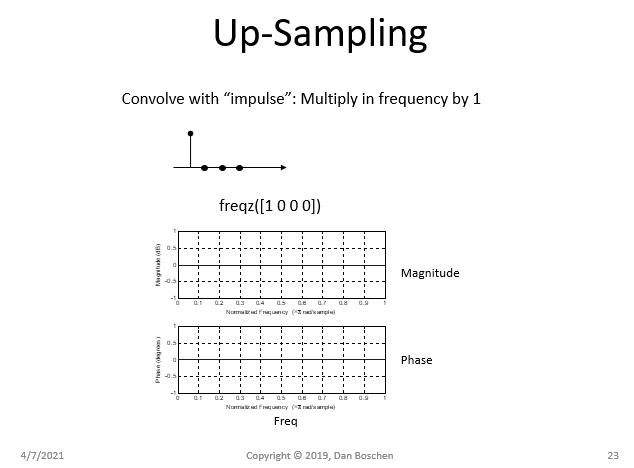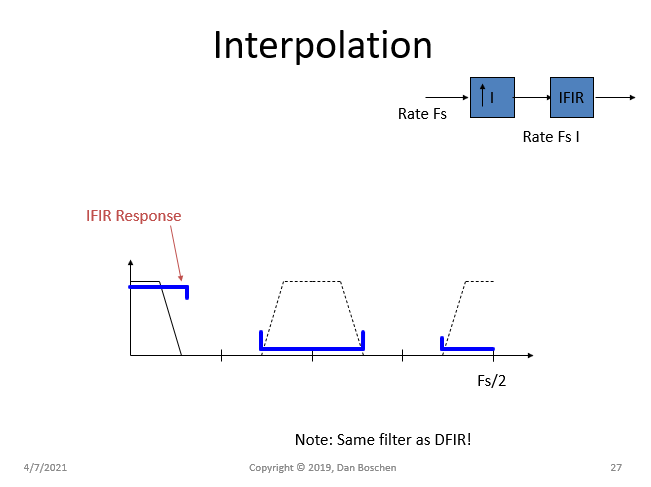First, the wiktionary definition of "interpolate", definitions 1 & 2, is spot-on here. Interpolation just means to fill in the blanks, correctly or not.
What is meant by "order" here in interpolation? Is it referring to derivative??
Dan's covered this -- it's the order of the polynomial you need to affect the reconstruction. I.e. if you're reconstructing $x_k$ into $x(t)$, then $x(t) = \sum_0^N a_n \left(t - T_s k\right)^n$, where $a_n$ is a function of the current $x_k$ and $N$ preceding ones. E.g. for a 0-order hold, $a_0 = x_k$, for a 1st-order hold $a_0 = x_{k-1}$ and $a_1 = \frac{x_k - x_{k-1}}{T_s}$, if I'm getting my math right, for a 2nd-order hold oh gosh I think I'll just look wise and say this is an exercise for the reader...
how we can differentiate between low pass filter, reconstruction filter and interpolation filter
This is one of those areas where there's no defined "right" term. I'm going to claim that an interpolation filter is a reconstruction filter (or, if you want to be strict about it, the set of all $n^{th}$-order holds is a subset of all reconstruction filters). And a reconstruction filter is usually a lowpass filter (but not always -- I'll touch on that).
If you have a system that has a digital to analog converter (DAC), and if that DAC acts like most DACs, then it takes on a new value when you write to it, and holds that value until you write another one. So as long as you're writing to it on a well-defined schedule, it acts like a zero-order hold.
So if there's a DAC, you can model it like a zero-order hold. If there's a DAC followed by a low-pass filter, then the combination of the implied zero-order hold in the DAC, and the low-pass filter, is your reconstruction filter.
(I used to work at a company that did digital processing on video, and pumped the result out on an analog composite video channel. In that case they used these clever low-pass filters that were 2nd- or 3rd-order LC filters that had a 1/sinc character up to some cutoff frequency, then fell off rapidly after that. This compensated for the fact that a zero-order hold has a sync(f) response, and gave nice reconstruction to the pixels).
If you have a system that takes a sampled-time system and resamples at a higher rate, then there may be no hold function at all -- the system may take the lower-rate samples and upsample and filter, or run them through a polyphase filter (basically, filter and upsample). In this case there's reconstruction, but again, no "hold" per se.
If there's a lowpass filter, then you can safely assume that its intent was for reconstruction (or some DSP beginner designed things, and just put it there out of desperation, achieving the same effect only more awkwardly).
And, finally, if you have a system that has a bandpass filter in there, at some frequency higher than Nyquist, then that's a perfectly valid reconstruction filter -- it's just reconstructing the signal from one of the alias frequencies of baseband, not from baseband itself.






